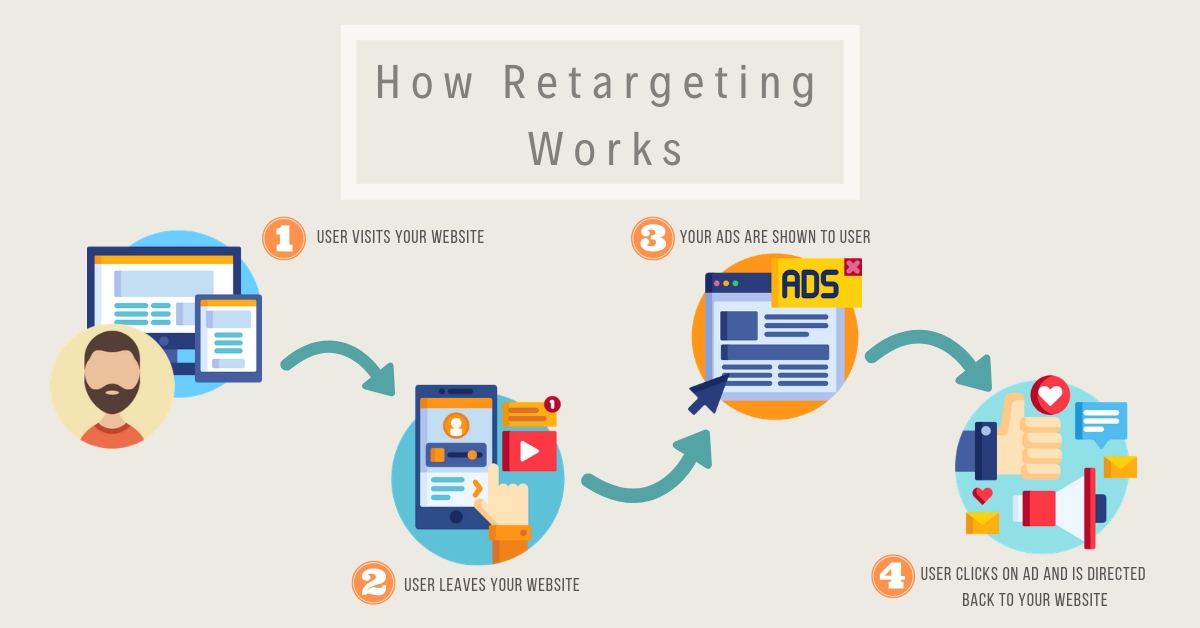Every time someone types a query into Google, they have a goal in mind. They might be looking for a quick answer, researching a topic, or trying to buy something. Search engines have become incredibly sophisticated at figuring out these goals—known as search intent—and delivering results that match.
For businesses and content creators, understanding search intent is essential. It’s not enough to target keywords; the content must align with what users actually want. When search intent and content are in sync, websites rank higher, attract more engaged visitors, and ultimately drive more conversions.
The Four Main Types of Search Intent
Google categorizes searches into four primary intent types: informational, navigational, transactional, and commercial investigation. Each one signals a different user need, and recognizing these differences is the foundation of effective SEO.
1. Informational Intent: Learning and Discovery
People searching with informational intent want answers, explanations, or guidance. These searches often include words like “how to,” “what is,” or “best way to.” For example:
- “How does solar energy work?”
- “Symptoms of vitamin D deficiency”
- “Best way to learn Python”
Google often displays featured snippets, knowledge panels, or “People Also Ask” sections for these queries, aiming to provide quick and accurate information. To rank well for informational searches, content should be clear, well-structured, and genuinely helpful. High-quality blog posts, guides, and FAQs perform best here, especially when supported by credible sources, such as Harvard Health for medical topics or W3Schools for coding tutorials.
2. Navigational Intent: Finding a Specific Website
With navigational intent, users already have a destination in mind. Instead of typing a full URL, they search for a company, brand, or website name. Examples include:
- “Nike official site”
- “LinkedIn login”
- “Gmail”
Google understands that these users aren’t looking for alternatives or general information—they just want to get to the right place quickly. That’s why branded search results often feature site links, knowledge panels, and official social media profiles.
For businesses, ranking for navigational searches is straightforward: ensure the website is well-optimized, branded content is consistent, and the Google Business Profile is fully updated.
3. Transactional Intent: Ready to Take Action
When someone is searching with transactional intent, they are ready to make a purchase, sign up for a service, or complete another specific action. These searches often include words like “buy,” “discount,” or “sign up.” Examples:
- “Buy iPhone 15 Pro Max”
- “NordVPN subscription discount”
- “Order pizza near me”
Since these users are at the bottom of the sales funnel, product pages, landing pages, and well-optimized eCommerce listings are crucial. Google Ads and local search results (for location-based searches) also dominate these queries. Businesses can improve conversions by using clear CTAs (calls to action), fast-loading pages, and customer reviews to build trust.
4. Commercial Investigation: Researching Before Buying
Some users are close to making a decision but need more information before committing. This is called commercial investigation intent—a blend of informational and transactional intent. Common queries include:
- “Best smartphones under $500”
- “Nike vs Adidas running shoes”
- “Ahrefs vs SEMrush for SEO”
Google often displays product comparison tables, reviews, and “best of” lists for these searches. Websites that provide in-depth comparisons, user testimonials, and expert opinions tend to rank well. High-quality affiliate marketing content and review-based websites, like Wirecutter or TechRadar, thrive in this space.
How to Optimize Content for Search Intent
1. Analyze Search Results for Clues
Before creating content, it’s crucial to study what Google already ranks for a given keyword. If the top results are long-form guides, a short product page won’t perform well. If they’re mostly videos, written content alone may not be enough.
2. Align Content Format with Intent
Different types of content perform best for different intents:
- Informational → Blog posts, how-to guides, explainer videos
- Navigational → Homepage, branded content, landing pages
- Transactional → Product pages, sign-up pages, eCommerce listings
- Commercial Investigation → Comparison articles, reviews, testimonials
3. Use Clear and Intent-Matching Keywords
Keyword modifiers help reinforce intent. For example:
- Informational: “how to,” “tips for,” “guide to”
- Navigational: “official site,” “log in,” “customer support”
- Transactional: “buy,” “coupon,” “free trial”
- Commercial Investigation: “best,” “vs,” “review”
4. Improve Readability and UX (User Experience)
Even the best content fails if it’s hard to read or navigate. Use short paragraphs, bullet points, and descriptive headers. Pages should load quickly, be mobile-friendly, and have a logical structure that helps users find what they need fast.
Why Search Intent Matters More Than Ever
Google’s algorithms prioritize user experience, and search intent is at the heart of that mission. Updates like Google’s Helpful Content Update emphasize the importance of content that genuinely serves users rather than just targeting keywords.
Websites that align with search intent not only rank higher but also attract more engaged visitors—leading to lower bounce rates, higher conversions, and better overall SEO performance.
Understanding search intent is the difference between attracting random visitors and reaching the right audience—people who are actively looking for what you offer. If you want to improve your search rankings, increase engagement, and turn more visitors into customers, RefractROI can help. Schedule a no-obligation SEO strategy call with our team, and we’ll walk you through actionable steps to align your content with user intent, drive better results, and grow your business.



